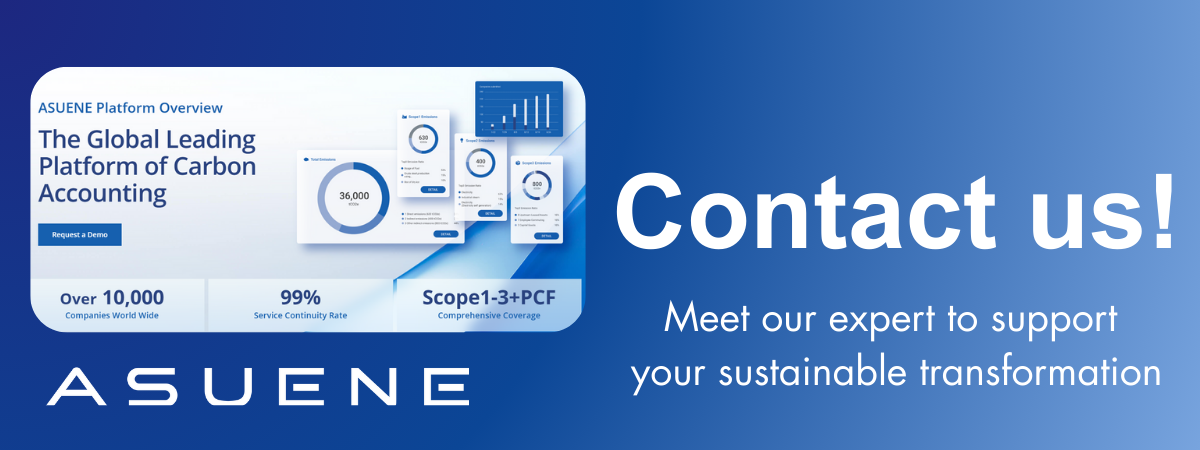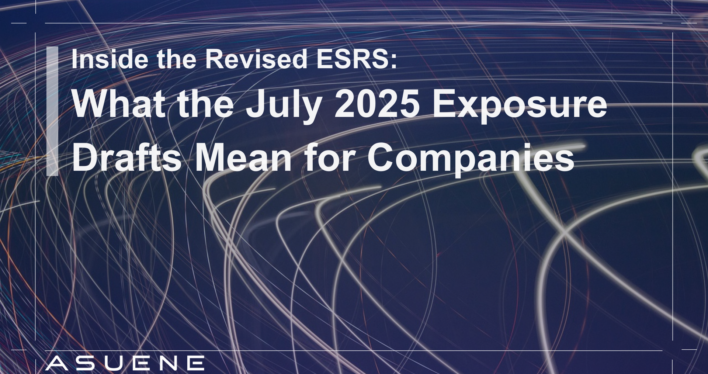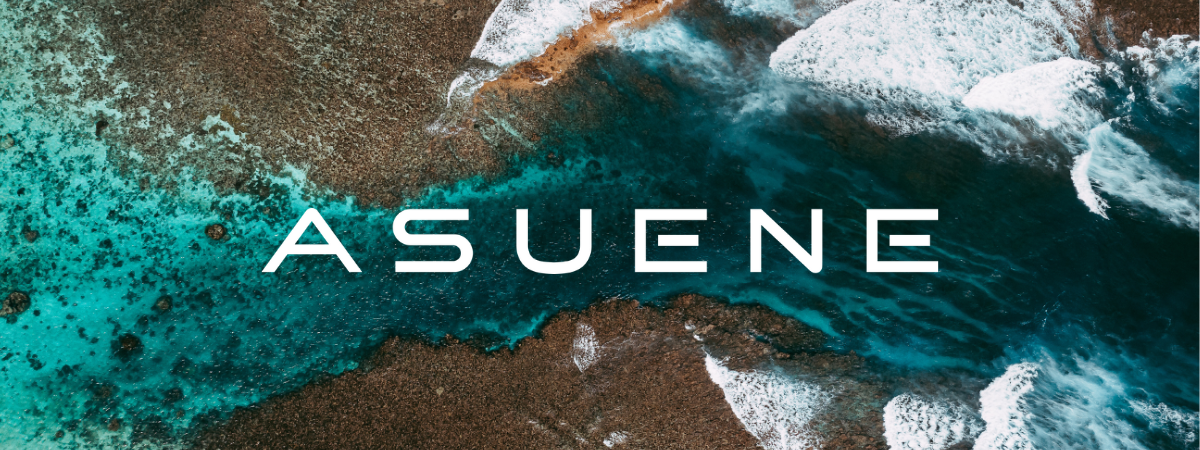- Article Summary
-
Introduction
On 31 July 2025, the European Financial Reporting Advisory Group (EFRAG) released the revised Exposure Drafts (EDs) of the European Sustainability Reporting Standards (ESRS). These drafts are under a 60-day public consultation that runs until 29 September 2025, after which EFRAG will deliver its final technical advice to the European Commission by 30 November 2025. The Commission will then begin the legislative process, with final delegated acts expected at some point in 2026, though no official date has been set.
The Exposure Drafts represent the most substantial recalibration of the ESRS since their first publication in 2023. The original standards were criticized as too lengthy and complex, containing thousands of datapoints and imposing high compliance costs. While they aimed to ensure comprehensive disclosure under the Corporate Sustainability Reporting Directive (CSRD), many companies and stakeholders argued that the reporting burden outweighed the usefulness of the information generated.
The July 2025 revisions address these concerns head-on. They streamline disclosure requirements, provide clarity on what is mandatory versus voluntary, and bring the ESRS into closer alignment with international frameworks like GRI, ISSB, and SASB. For companies preparing their sustainability reporting, the Exposure Drafts mark an important turning point: a move from a compliance exercise toward a framework that is both practicable and internationally consistent.
Key Revisions and Simplifications
The most visible change is the reduction in volume and complexity. According to EFRAG’s official figures, mandatory datapoints have been cut by 57%, the total number of datapoints (mandatory + voluntary) has fallen by 68%, and the overall length of the standards has been shortened by more than 55%. In addition, all voluntary “may” datapoints have been removed.
The structure of the standards has also been reorganized for clarity:
- Mandatory disclosure requirements (DRs) are in the main body, using wording such as “shall disclose” or “shall explain.”
- Application Requirements (ARs) appear in boxed sections directly below each DR, providing methodological instructions.
- Non-Mandatory Illustrative Guidance (NMIG) has been separated into a standalone document, ensuring companies can distinguish required from optional content. EFRAG has published a dedicated “Non-Mandatory Illustrative Guidance” (NMIG) PDF alongside the July 2025 Exposure Drafts.
EFRAG developed the revisions using six key levers to simplify ESRS: :
1: Simplification of the Double Materiality Assessment (‘DMA’)
2: Better readability/conciseness of sustainability statements and better inclusion
in corporate reporting as a whole.
3: Critical modification of the relationship between Minimum Disclosure
Requirements (‘MDRs’) and topical specifications.
4: Improved understandability, clarity and accessibility of the Standards.
5: Introduction of other suggested burden-reduction reliefs.
6: Enhanced interoperability.
For companies, the result is a framework that should reduce administrative burden while still meeting investor and regulator demands for high-quality, comparable data.
Changes Across Cross-cutting, Environmental, Social, and Governance Standards
The Exposure Drafts include targeted changes to every category of ESRS. While the scale of simplification varies, the general direction is toward consolidation, alignment, and clarity.
Cross-cutting Standards (ESRS 1 and 2).
- ESRS 1 refines the concept of double materiality, clarifies terminology such as gross versus net impacts, and better explains how auditors should evaluate sustainability disclosures. The linkage between impacts, risks, opportunities (IROs), and reporting topics has been made more direct.
- ESRS 2 allows companies to report on policies, actions, and targets (PATs) only if they exist. If a company has not adopted such measures, it can simply disclose this fact, with the option of indicating it via a check box. This removes the need for narrative explanations of absence.
Environmental Standards (E1–E5).
- E1 Climate Change retains its central role but with fewer datapoints and greater interoperability. The default boundary for Scope 1 and 2 emissions is financial control, with companies also disclosing operational control figures where financial control is insufficient. A new disclosure requirement, E1-9, covers greenhouse gas removals and mitigation projects financed through carbon credits, clarifying that credits are not netted into gross emissions. Anticipated financial effects remain partially within E1 (not just centralised in ESRS 2).
- E2 Pollution introduces a new disclosure on secondary microplastics, reflecting emerging EU environmental priorities.
- E3 Water and Marine Resources introduces new definitions such as “areas of high water stress” and have removed some older water-intensity metrics to simplify and focus disclosures.
- E4 Biodiversity and Ecosystems consolidates site-related disclosures on biodiversity-sensitive areas and introduces clearer requirements, while ensuring location-specific information is preserved.
- E5 Resource Use and Circular Economy adds new disclosures on critical and strategic raw materials and on waste streams with unknown final destinations.
Social Standards (S1–S4).
- S1 Own Workforce remains detailed, and adequate wage reporting continues to apply, including through ongoing field testing for non-EU employees. Simplifications primarily concern presentation and the transfer of contextual guidance into NMIG.
- S2, S3, and S4 (covering workers in the value chain, affected communities, and consumers) have streamlined language and scope definitions. They are more closely aligned with global frameworks such as the UN Guiding Principles on Business and Human Rights.
Governance (G1).
- Governance disclosures have been restructured into policies, actions, and metrics. Requirements on political influence and lobbying remain in place, supported by illustrative guidance to clarify expectations.

Practical Takeaways for Companies Preparing for Compliance
Even while the Exposure Drafts are under consultation, there are clear lessons for companies preparing for CSRD compliance:
- Reassess materiality.
The streamlined double materiality process should prompt companies to revisit earlier assessments. The focus is now on demonstrating a clear link between IROs and disclosures, without unnecessary duplication. - Align with global standards.
Since the EDs improve interoperability with ISSB S1/S2 and the GHG Protocol, multinational companies should design systems that serve both EU and global reporting needs. This will avoid duplication and improve investor comparability. - Use reliefs carefully.
The drafts include “undue cost or effort” provisions and a formal value-chain cap tied to EU law. However, these reliefs do not permit omission of Scope 3 data. Companies should plan to phase in value-chain data collection while using the reliefs responsibly. - Strengthen governance over data.
While datapoints have been reduced, the importance of credible, auditable data has increased. Companies should build internal governance structures to ensure consistency and accuracy, preparing for eventual external assurance. - Engage in the consultation.
The consultation period is a chance to shape the final standards. Companies should provide feedback on sector-specific challenges, on the use of estimates for value-chain data, and on whether reliefs strike the right balance between practicality and comparability.
Conclusion
The July 2025 Exposure Drafts show EFRAG’s commitment to making EU sustainability reporting both robust and practicable. By reducing datapoints by more than half, clarifying the status of mandatory and voluntary requirements, and introducing reliefs where appropriate, the revised ESRS take direct aim at the criticisms of the 2023 framework.
Yet simplification does not mean lowering ambition. The Exposure Drafts retain strong requirements on climate, biodiversity, workforce, and governance, and add new datapoints on issues such as microplastics and critical raw materials. They also reinforce the EU’s intention to align closely with global standards, positioning ESRS as part of a broader international reporting ecosystem.
For companies, the message is clear. The revised ESRS should not be seen only as a compliance exercise, but as an opportunity to build investor trust, improve sustainability strategy, and demonstrate resilience in the face of environmental and social challenges. The consultation remains open until 29 September 2025. Companies that engage now will be better placed not only to comply but also to lead in the evolving world of sustainability reporting.
For companies, the message is clear. The revised ESRS should not be seen only as a compliance exercise, but as an opportunity to build investor trust, improve sustainability strategy, and demonstrate resilience in the face of environmental and social challenges. The consultation remains open until 29 September 2025. Companies that engage now will be better placed not only to comply but also to lead in the evolving world of sustainability reporting.
For companies, the message is clear. The revised ESRS should not be seen only as a compliance exercise, but as an opportunity to build investor trust, improve sustainability strategy, and demonstrate resilience in the face of environmental and social challenges. The consultation remains open until 29 September 2025. Companies that engage now will be better placed not only to comply but also to lead in the evolving world of sustainability reporting.
Why Work with ASUENE Inc.?
Asuene is a key player in carbon accounting, offering a comprehensive platform that measures, reduces, and reports emissions. Asuene serves over 10,000 clients worldwide, providing an all-in-one solution that integrates GHG accounting, ESG supply chain management, a Carbon Credit exchange platform, and third-party verification.
ASUENE supports companies in achieving net-zero goals through advanced technology, consulting services, and an extensive network.


